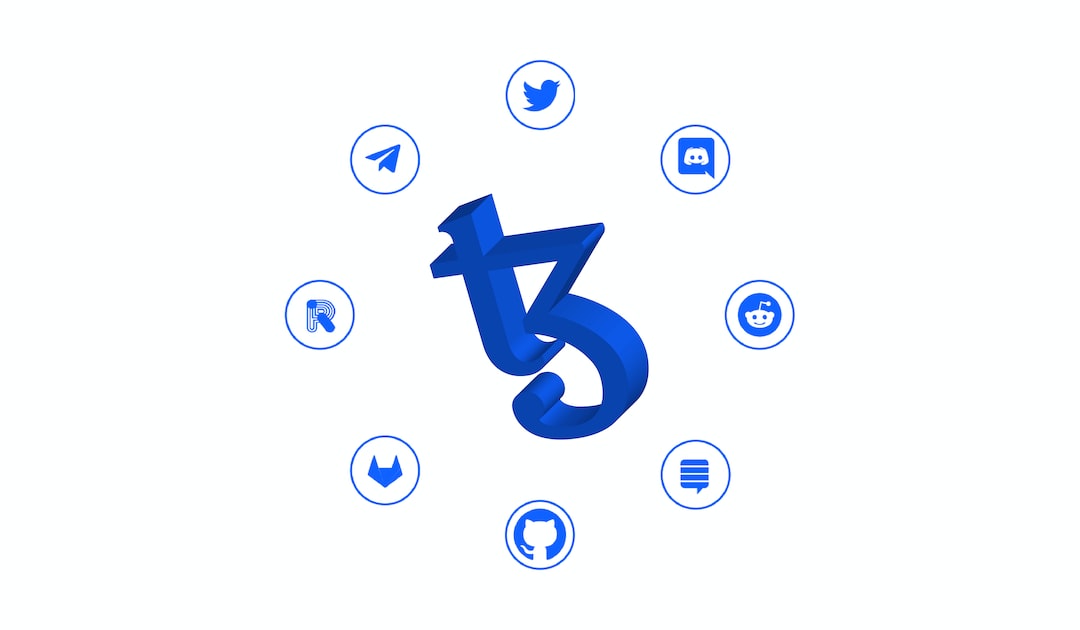The Evolution of Open-Source Technology
In the early days of the Internet, many people doubted its potential and dismissed it as a passing fad. However, thanks to open-source protocols like TCP/IP and advancements in telecommunications, the Internet has become an integral part of our lives today.
Technologies like broadband, Wi-Fi, and smartphones have improved network performance and accessibility. Developers have created sophisticated applications that make everyday tasks easier. Just as the Internet evolved and matured, blockchain technology is going through a similar phase of skepticism and criticism.
Blockchain’s Resemblance to the Early Internet Era
Just like the Internet was once slow, expensive, and difficult to use, blockchains have faced similar challenges. Critics argue that blockchains are too slow, expensive, and lack practical use cases. However, just as the Internet overcame these limitations, blockchain technology has the potential to do the same.
Visa, a pioneer in payments technology, recognizes the potential of blockchain and envisions multiple futures for it. They focus on areas such as efficient global settlement/compensation, cross-border disbursements powered by blockchain, helping clients understand and leverage blockchain technology, and having a blockchain strategy.
Efficient Global Settlement/Compensation
Visa has already conducted settlement transactions on Ethereum using USDC. They have extended their settlement pilot project to include more partners and utilize Solana’s fast transaction processing capabilities. This allows issuers and fintech acquirers to make payments more conveniently and quickly.
In the future, Visa aims to involve more currencies, bank settlement circuits, stablecoin networks, CBDC networks, and tokenized deposits in their network. They see traditional currencies coexisting with tokenized fiat on real-time global blockchain networks.
Cross-Border Disbursements Powered by Blockchain
Cross-border money movement has always been challenging, but Visa is working to simplify and expand cross-border payment options. Their push/real-time payments platform, Visa Direct, enables same-day payments for various use cases. They are exploring the integration of blockchain networks to further enhance cross-border transactions.
Helping Clients Understand and Leverage Blockchain
Visa understands the complexity of blockchain technology and aims to assist banks, financial institutions, and merchants in navigating this space. They conduct extensive research to identify potential improvements in payment circuits and reduce complexities for end users. Additionally, they strive to understand consumer preferences in this rapidly evolving technology.
Having a Blockchain Strategy
While the future role of blockchain networks remains uncertain, financial institutions can learn from the early criticisms faced by the Internet. It is essential to have a strategy in place to adapt and leverage blockchain technology effectively.
Hot Take: Visa’s Vision for Blockchain Technology
Visa recognizes the transformative potential of blockchain technology. Drawing parallels with the early days of the Internet, they believe that blockchains will overcome their current limitations, just as the Internet did. By focusing on areas like efficient global settlement, cross-border disbursements, client education, and strategy development, Visa aims to drive the adoption and innovation of blockchain technology in the financial sector.





 By
By
 By
By
 By
By
 By
By
 By
By